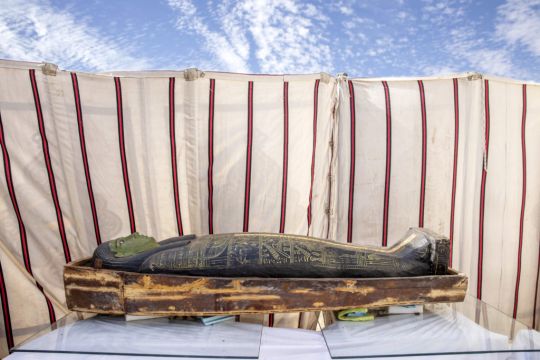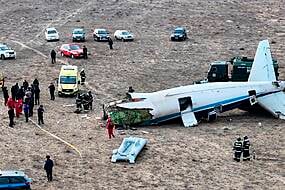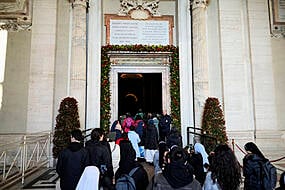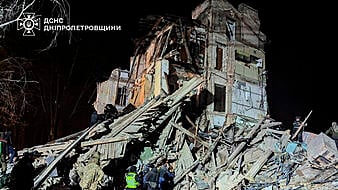Details of an ancient funerary temple in a vast necropolis south of Cairo have been revealed by Egypt’s former antiquities minister and noted archaeologist Zahi Hawass.
Speaking at the Saqqara necropolis, Mr Hawass said archaeologists had unearthed the temple of Queen Neit, wife of King Teti, the first king of the Sixth Dynasty that ruled Egypt between 2323 BC and 2150 BC.
Archaeologists had also found a four metre-long (13ft) papyrus including texts of the Book of the Dead, a collection of spells aimed at directing the dead through the underworld in ancient Egypt, he said.

Mr Hawass added that archaeologists had also unearthed burial wells, coffins and mummies dating back to the New Kingdom that ruled Egypt between about 1570 BC and 1069 BC.
They had unveiled at least 22 burial shafts up to 12 metres (40ft) deep, with more than 50 wooden coffins dating back to the New Kingdom, Egypt’s best known archaeologist said.
Mr Hawass, known for his Indiana Jones hat and TV specials on Egypt’s ancient sites, said work had been undertaken at the site close to the Pyramid of Teti for over a decade.

The discovery was the result of co-operation between the antiquities ministry and the Zahi Hawass Centre at the Bibliotheca Alexandrina.
The Saqqara site is part of the necropolis at Egypt’s ancient capital of Memphis that includes the famed Giza pyramids as well as smaller
pyramids at Abu Sir, Dahshur and Abu Ruwaysh. The ruins of Memphis were designated a Unesco World Heritage site in the 1970s.
In recent years, Egypt has heavily promoted new archaeological finds to international media and diplomats in the hope of attracting more tourists to the country.
The vital tourism sector suffered from years of political turmoil and violence that followed a 2011 uprising that toppled autocrat Hosni Mubarak.







